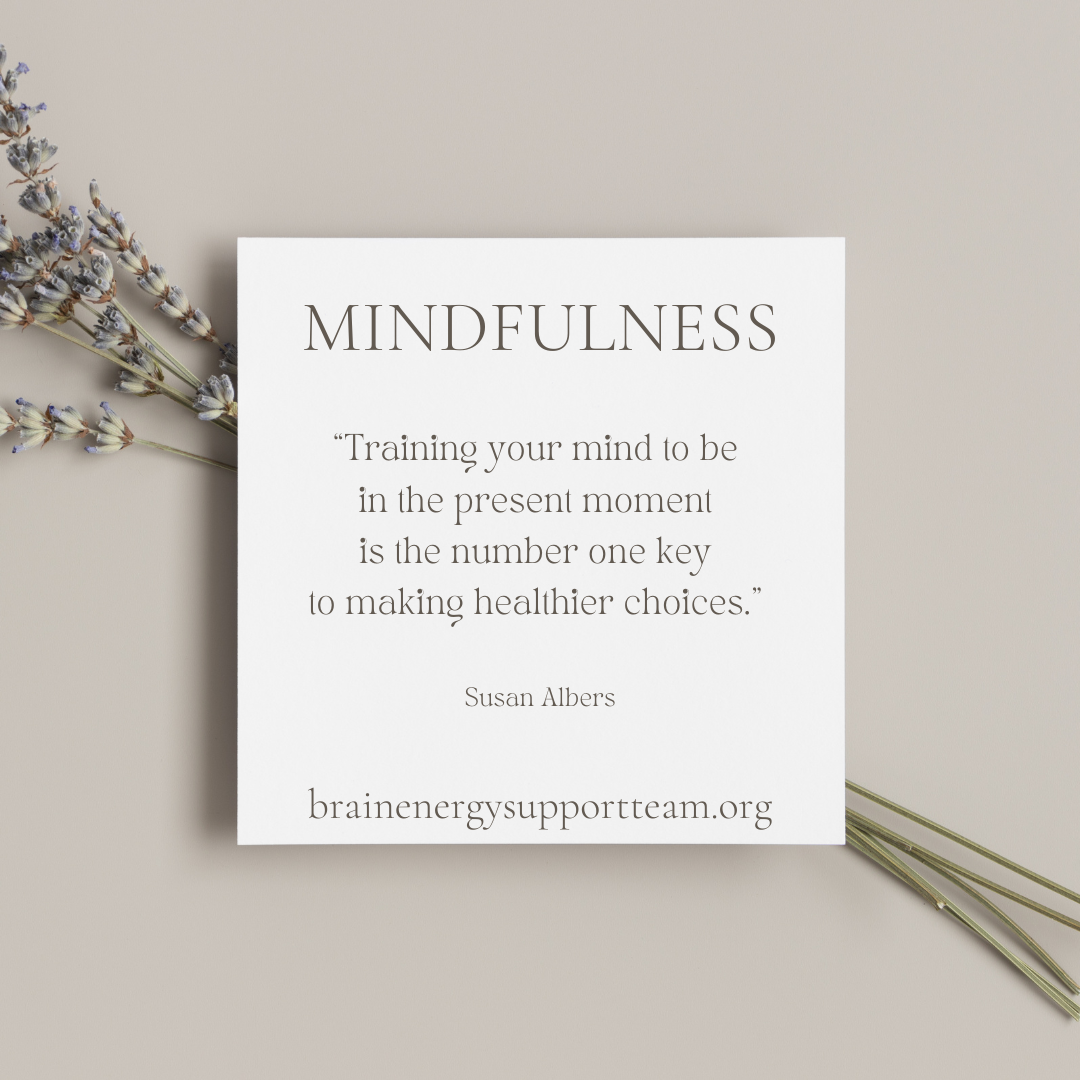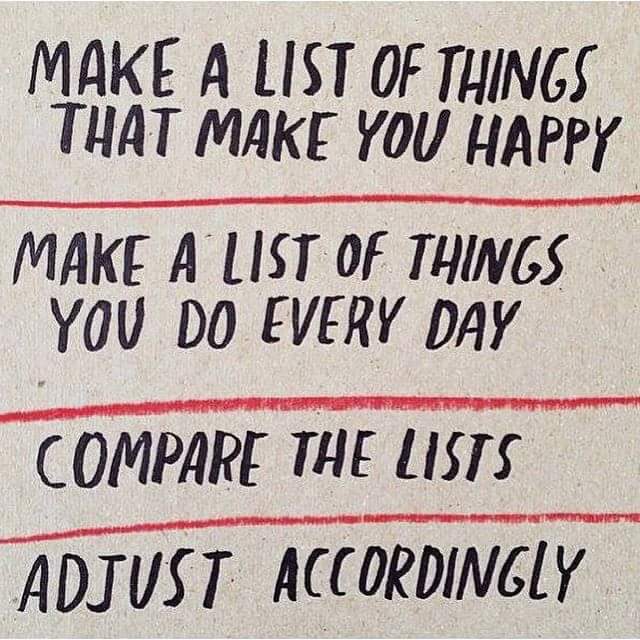It’s March and Brain Injury Awareness Month. A lot of focus is placed on the cause of injuries, the number of TBIs that occur annually, neurological research, and so many more important-to-know aspects of this “silent epidemic.” At BEST we work hard to change the conversation from “brain injury” to “life energy” and what better way to do that than share a great idea?
Thank you, Lou Nash of the Edmonds Support Group in WA State, for recently sharing a terrific article from the Wellness.com blog; “Meditating for Longevity: Why and How”. This article focused largely on the enzyme “telomerase,” but it made me think of the growing engagement individuals with brain injury are having with yoga and meditation classes across the country. Yet not enough of us understand the immense benefit we can get from even just a few minutes of a daily meditation practice.
The article opens with this statement, “Multiple studies have determined that not only can meditation physically alter your brain for the better, but it will also offer immense emotional benefits that also translate into brighter moods and longer lifespans.” Did you know that there are more than 350 published studies? These have been conducted by medical schools, teams of neurologists and neuropsycologists, and universities such as UCLA, Harvard, Stanford, and many others.
Benefits of meditation include normalized blood pressure, reduced cortisol levels, reduced anxiety, reduced instances and intensity of depression, better moods, and increases in learning, focus, and memory. Meditation also helps with managing anger and behavior challenges.
With those results, why wouldn’t we want to meditate?
So, instead of asking why more of us aren’t meditating let’s assume you want a simple way to cash in on the benefits of meditation yourself.
First, make sure you have 10 to 20 minutes set aside for yourself. This is the time of the day you’ll mindfully, and politely, tell everyone to leave you alone.
Second, sit comfortably in your favorite chair, wearing your comfy clothes, and leave all the demands of the day in the hallway. If you think you’ll want to check the time, set a timer and forget it.
Third, breathe. Yes, bring attention to your breathing. Feel the inhale fill your lungs. Feel the air as it is released through exhaling. Breathe naturally. You don’t have to do anything special. Simply pay attention. Relax.
Now clear your mind. Many say you should empty your mind and have no thoughts, but it’s really about allowing thoughts that flow through your mind to do just that; flow through. Don’t chase them or focus on them. Don’t jump up because you just remembered something (it’ll be there when you’re done). This is especially hard for those of us with memory challenges. We’re afraid if we don’t do it now we won’t remember it later.
While keeping pen and paper on your lap for that “Oh My Gosh! I have to remember this!” moment is discouraged by purists, I keep one with me anyway. I do this because if I write it down in that moment (without jumping up and running to the desk or computer) I am better able to let go of the thought and continue to clear my mind.
Remember to stay relaxed and allow the thoughts to pass through your mind as though you were a kid again, laying out on the grass with the summer sun warming your face while you watch the puffy white clouds drift by overhead.
If you find it easier to think about something rather than letting thoughts drift away, then set your focus on something that is life-affirming, positive, and meaningful to you.
That’s it; Carve out 10 to 20 minutes in the day, relax in a comfortable place, breathe and clear your mind.
And as is the case with any new practice, repeat regularly until it becomes a habit.






